Best Rate Guaranteed
We guarantee the best rate on our website, if you find a better rate, contact our reservation center at +57 (601) 587 5295 and we will match the price!
Enjoy our typical Colombian food
Discover the best flavor of Colombia in our region.
We have a wide variety of typical dishes to get to know Colombian cuisine.
Theobroma Restaurant
Colombia has an immense cultural and social heritage that we do not know or ignore. According to DANE, 82 indigenous peoples currently live in our territory with a combined population of 1,905,617 people. Mexico, a country with a significantly larger indigenous population (around 12,000,000 people) is home to 68 aboriginal groups, according to the National Commission for the Development of Indigenous Peoples of that country.
As Daniel Pardo, -BBC World correspondent- indicates, "it is estimated that in Colombia today there are between 80 and 115 indigenous groups, one of the highest figures in the world, only comparable to India, a country three times larger and 30 times more populated".
To all this ancient cultural baggage is added the contribution of Europeans and Africans who arrived during the conquest and colony; and that of other waves of migrations that have occurred in our republican life and that have been enriching our gastronomy. Among the latter, the Lebanese migration of the 20th century stands out, since it left such important gastronomic traces on the Caribbean Coast as: the quibbe (kibbeh), the chuzo (Kebab), the coastal whey (labneh) and the boronia (badenjan), among others.
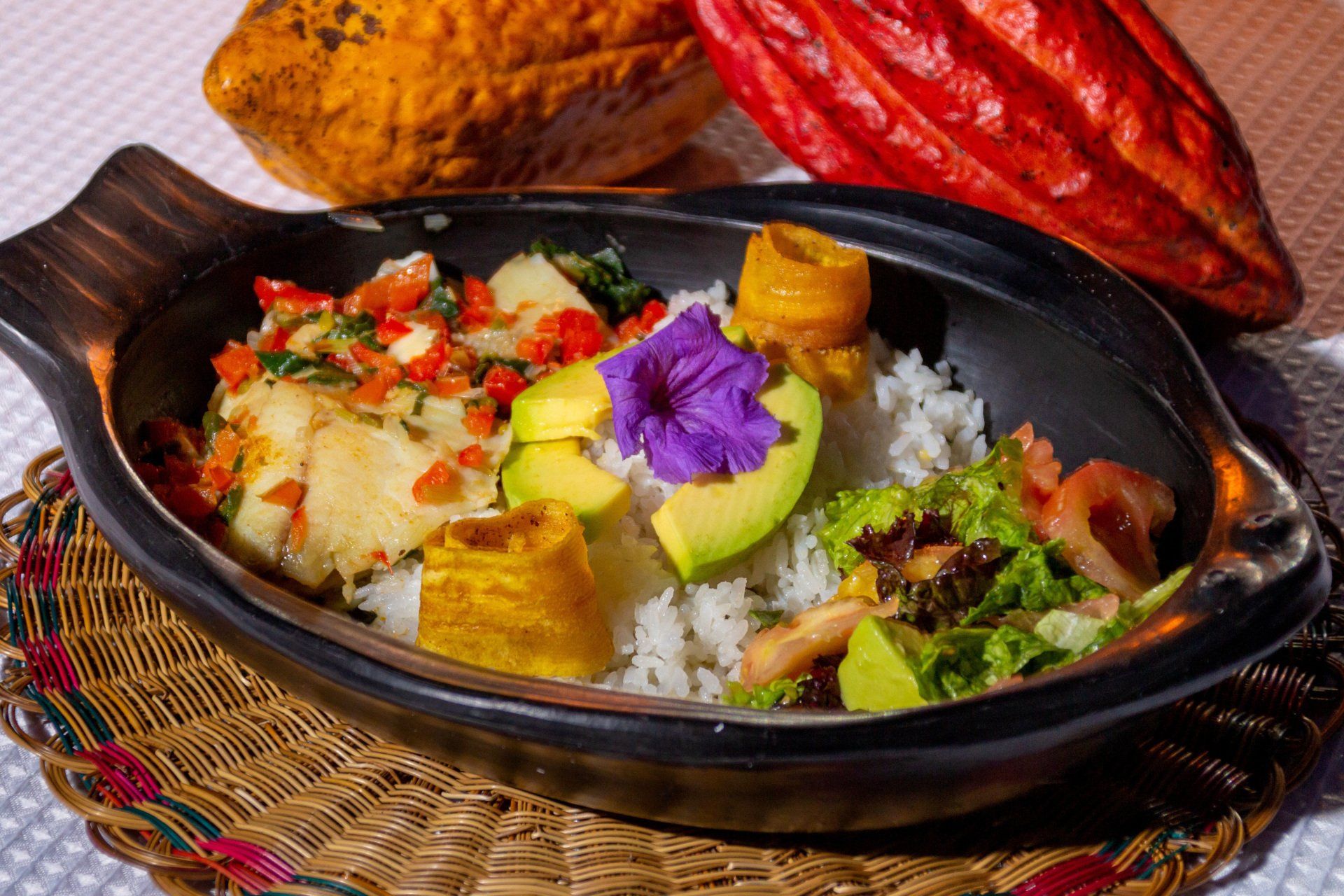
slide title
Escriba su subtítulo aquíButton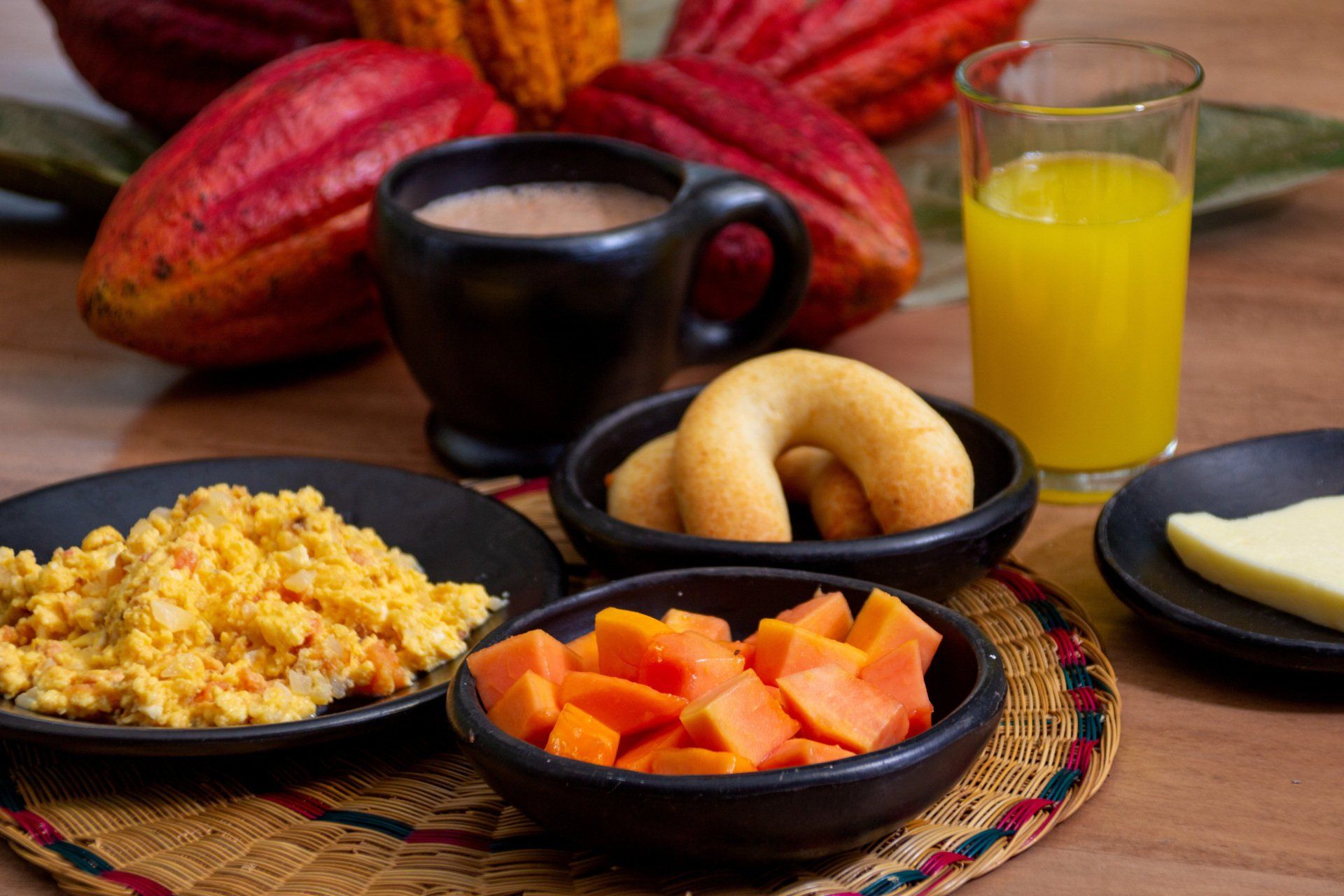
slide title
Escriba su subtítulo aquíButton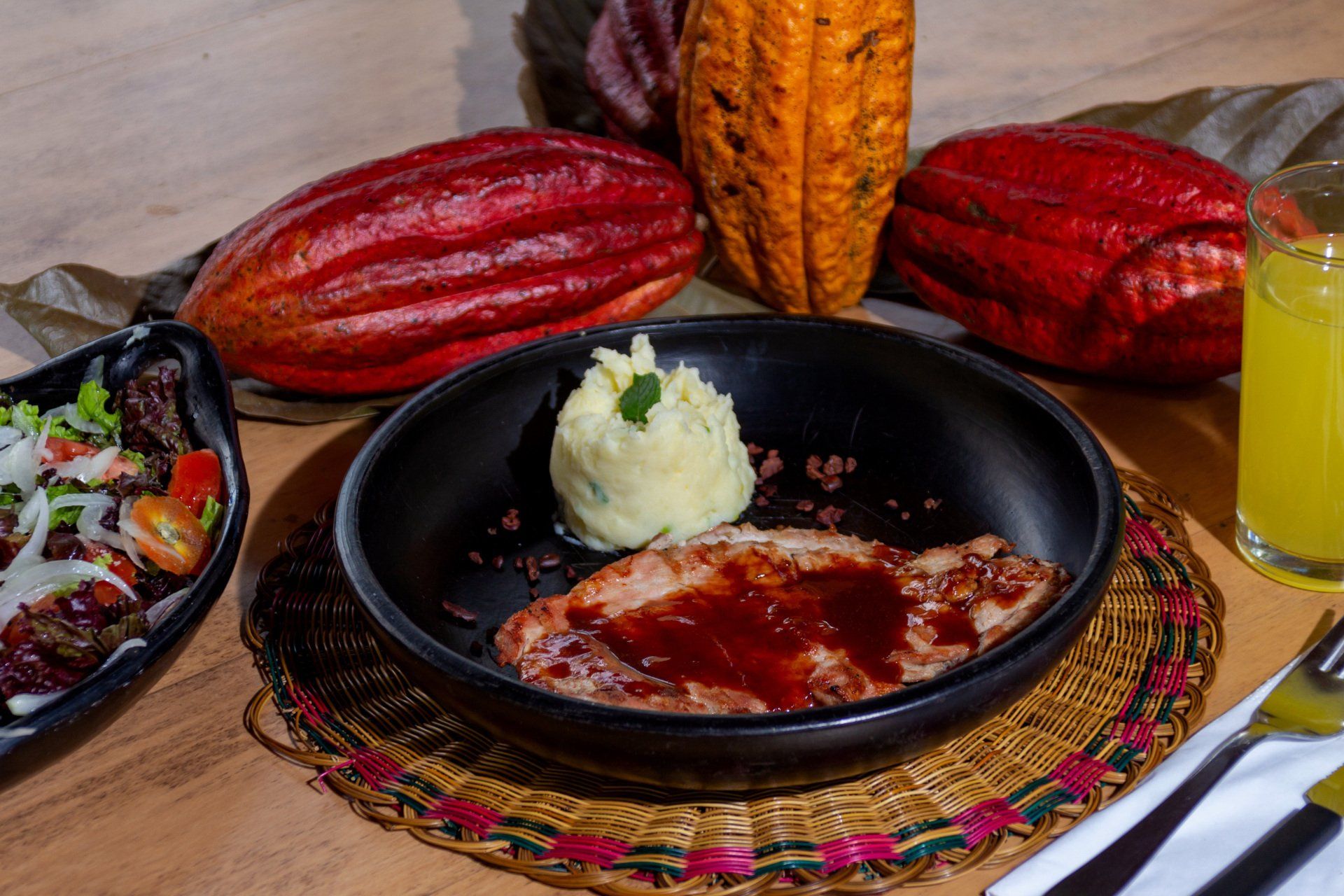
slide title
Escriba su subtítulo aquíButton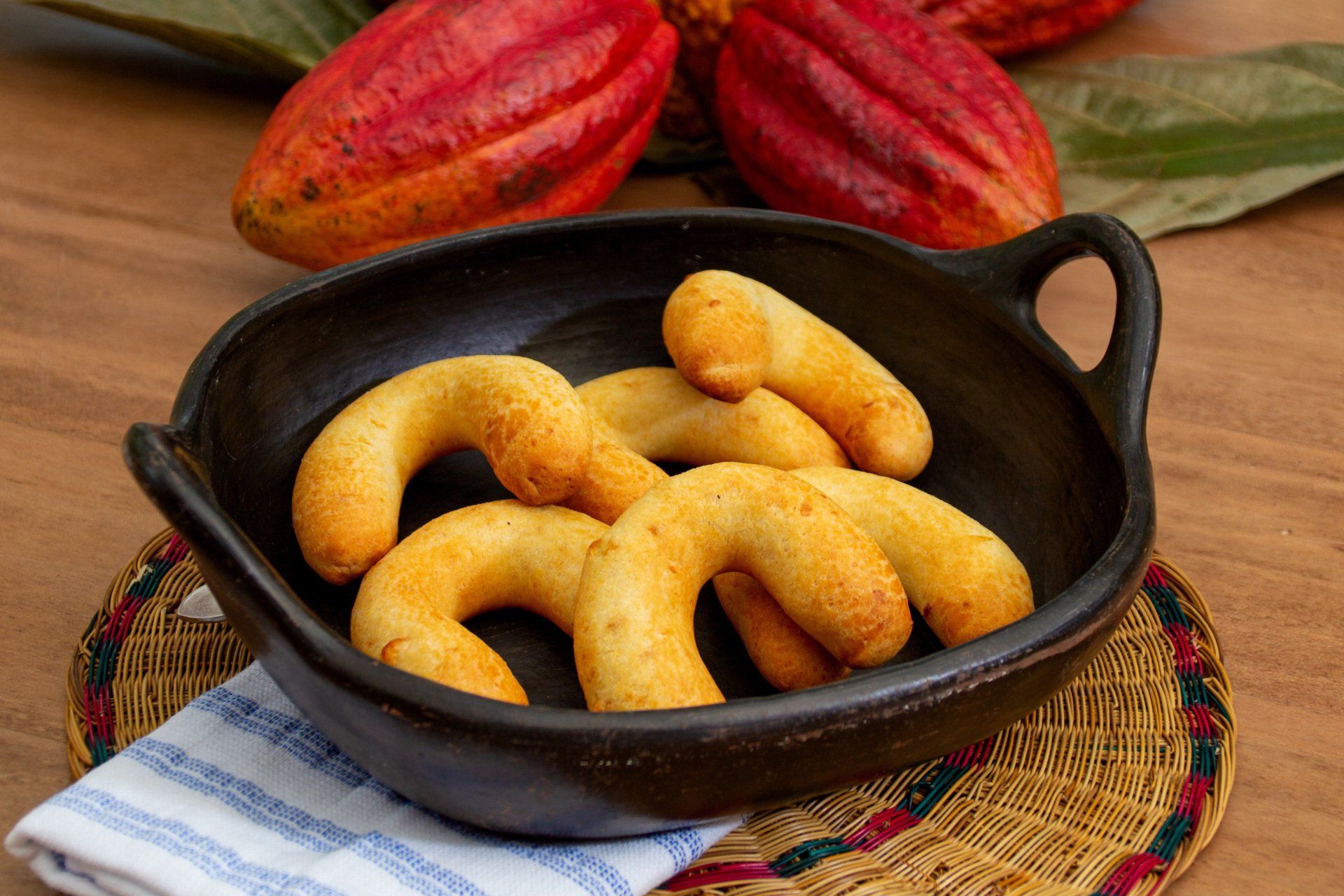
slide title
Escriba su subtítulo aquíButton
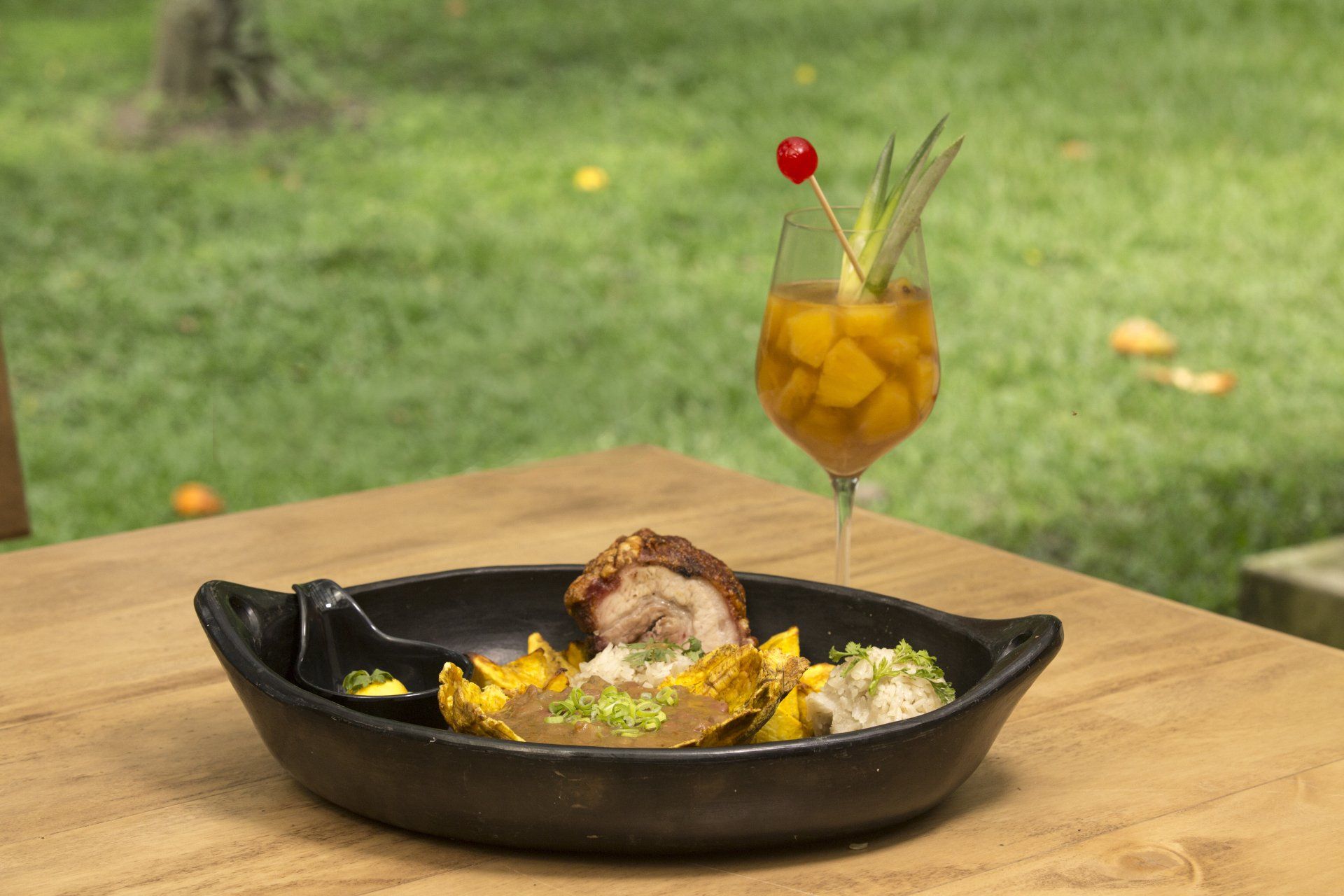
slide title
Escriba su subtítulo aquíButton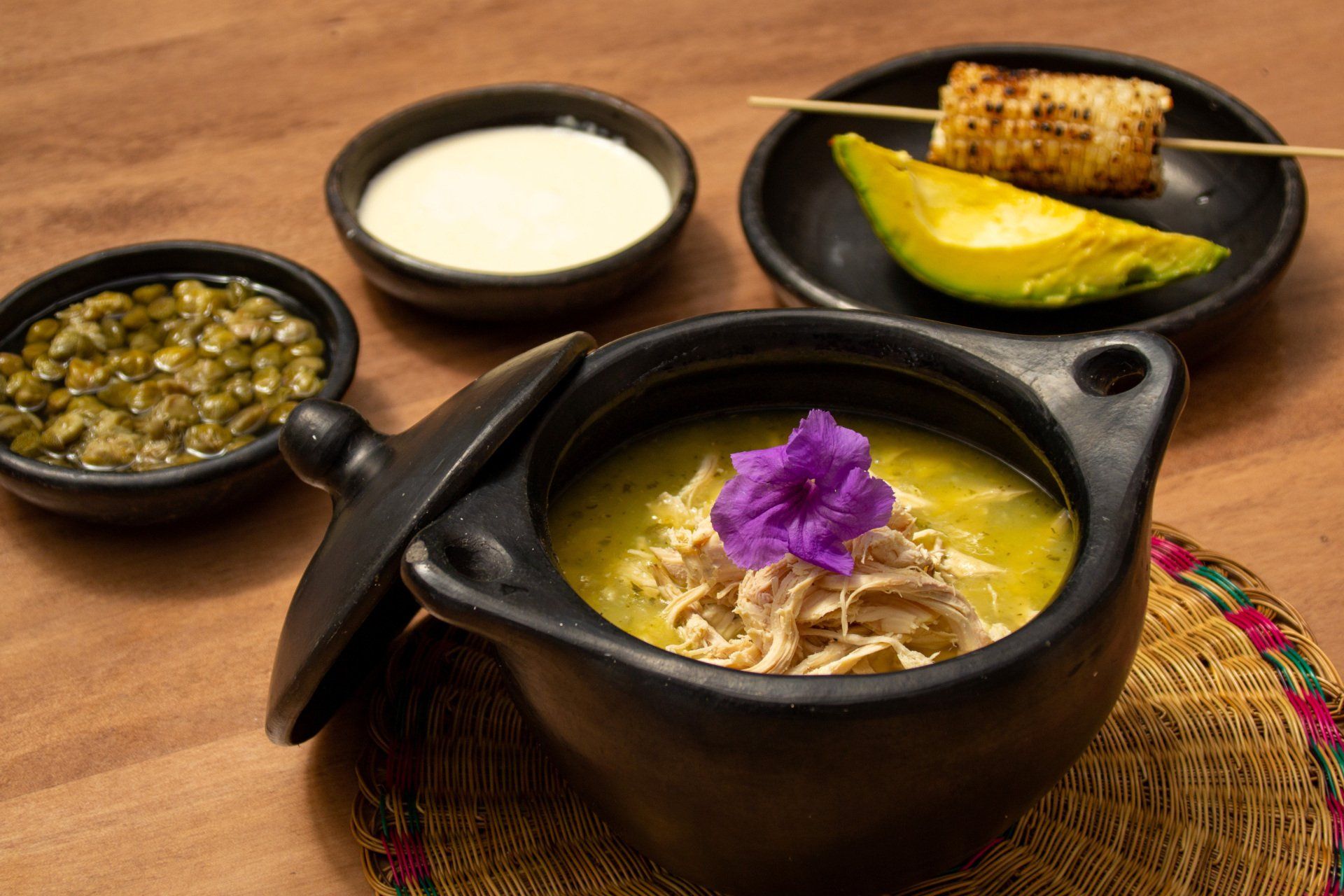
slide title
Escriba su subtítulo aquíButton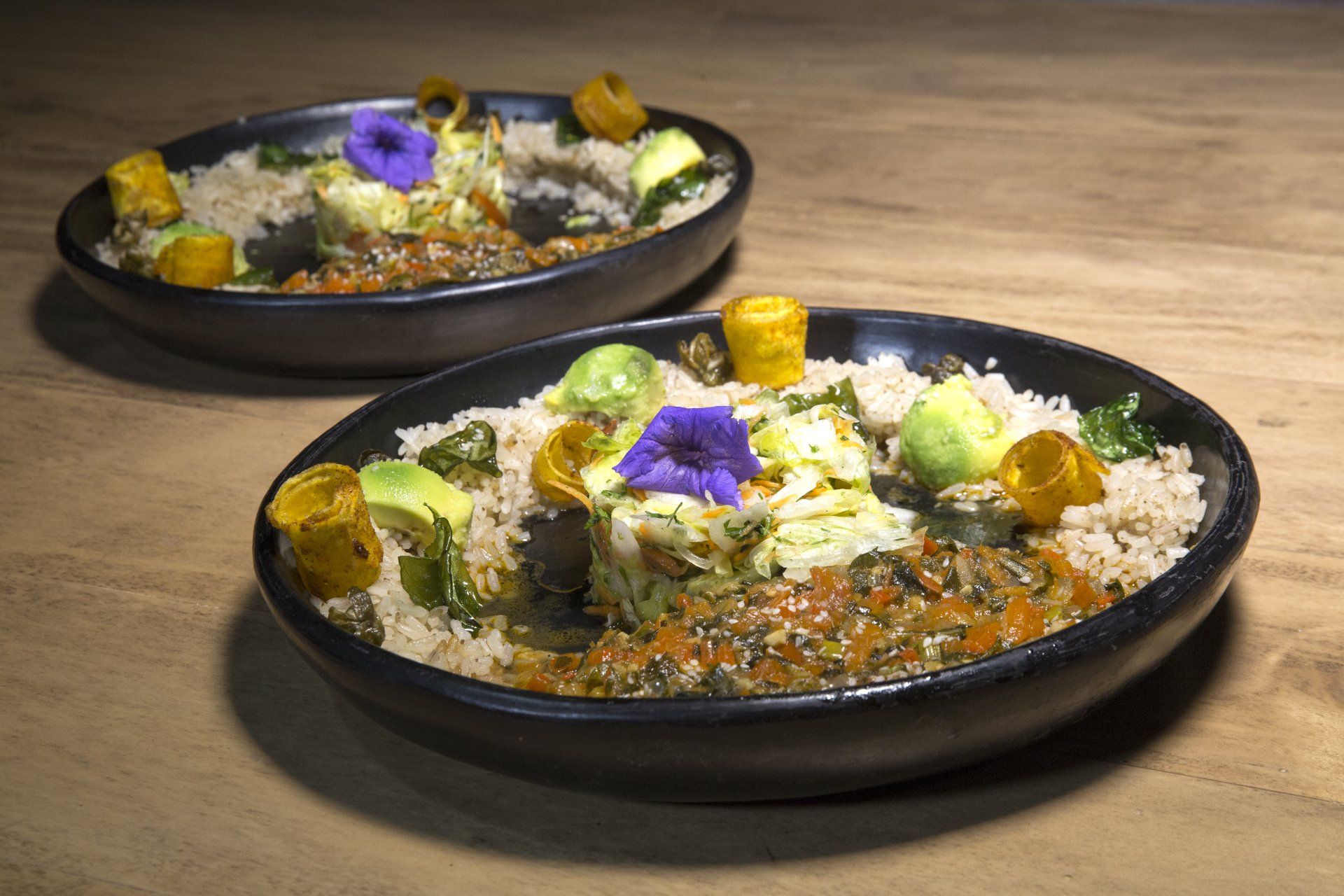
slide title
Escriba su subtítulo aquíButton
slide title
Escriba su subtítulo aquíButton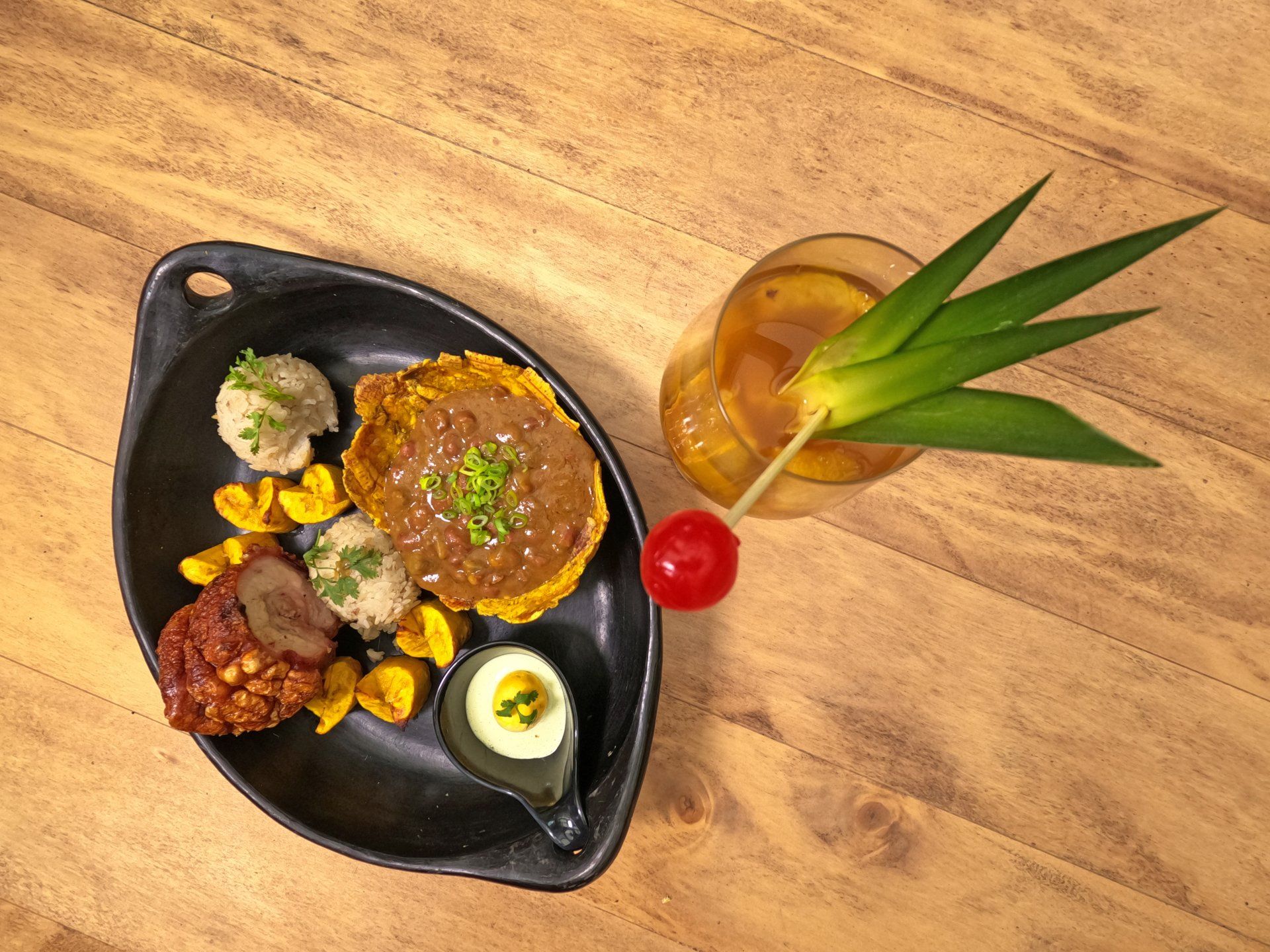
slide title
Escriba su subtítulo aquíButton
The biological and cultural riches of Colombia are symbiotically interrelated and have the same genesis, its challenging geography. In our amazing territory three branches of the Cordillera de los Andes converge, coasts on the Atlantic and Pacific Oceans; and, the Amazon and Orinoco basins.
All of the above, not to mention the Magdalena basin; that, according to the Colombian-Canadian sociologist Wade Davis, it is as important for the country as the Mississippi is for the United States, because “it is both a trade corridor and a source of culture; a source of Colombian music, literature, poetry and prayer”.
According to the World Wildlife Foundation we have 85 major types of ecosystems, of which 34 are terrestrial, 16 freshwater and 35 coastal marine; 30 large rivers, more than 1,200 lagoons and 1,000 swamps; and, 49% of the paramos of South America. All this makes Colombia a food pantry where 26 million hectares (of a total 114 million) have potential for agricultural production, even though not even half is used.
A country in which, according to the Colombian Fruits Initiative, there are more than 2,100 species of fruits between native and introduced. However, due to the ignorance of many regional gastronomic products and customs; or, due to the logistical difficulties of its geography, it is also the place where 34% of the total food produced is wasted.
Our gastronomy is not boring, nor should it be a source of shame, it is; just a great unknown. This multitude of ingredients and cultures, a product of the geography, make it unique and probably one of the most varied and diverse in the world.
The Research Group on Gastronomic Heritage of the University of Cauca, only in that department since 2004, has managed to compile more than 3,000 recipes in nine clearly differentiated gastronomic regions. A similar study has never been carried out for the rest of the national territory.
Starting from a recipe book with more than 1,500 traditional preparations from all over the country, in our Theobroma Restaurant we regularly prepare dishes such as: sancocho, a fusion of ingredients from four continents whose origins date back to the Middle Ages through the Spanish rotten pot (There are more than 190 versions of this dish in Colombia).

slide title
Escriba su subtítulo aquíButton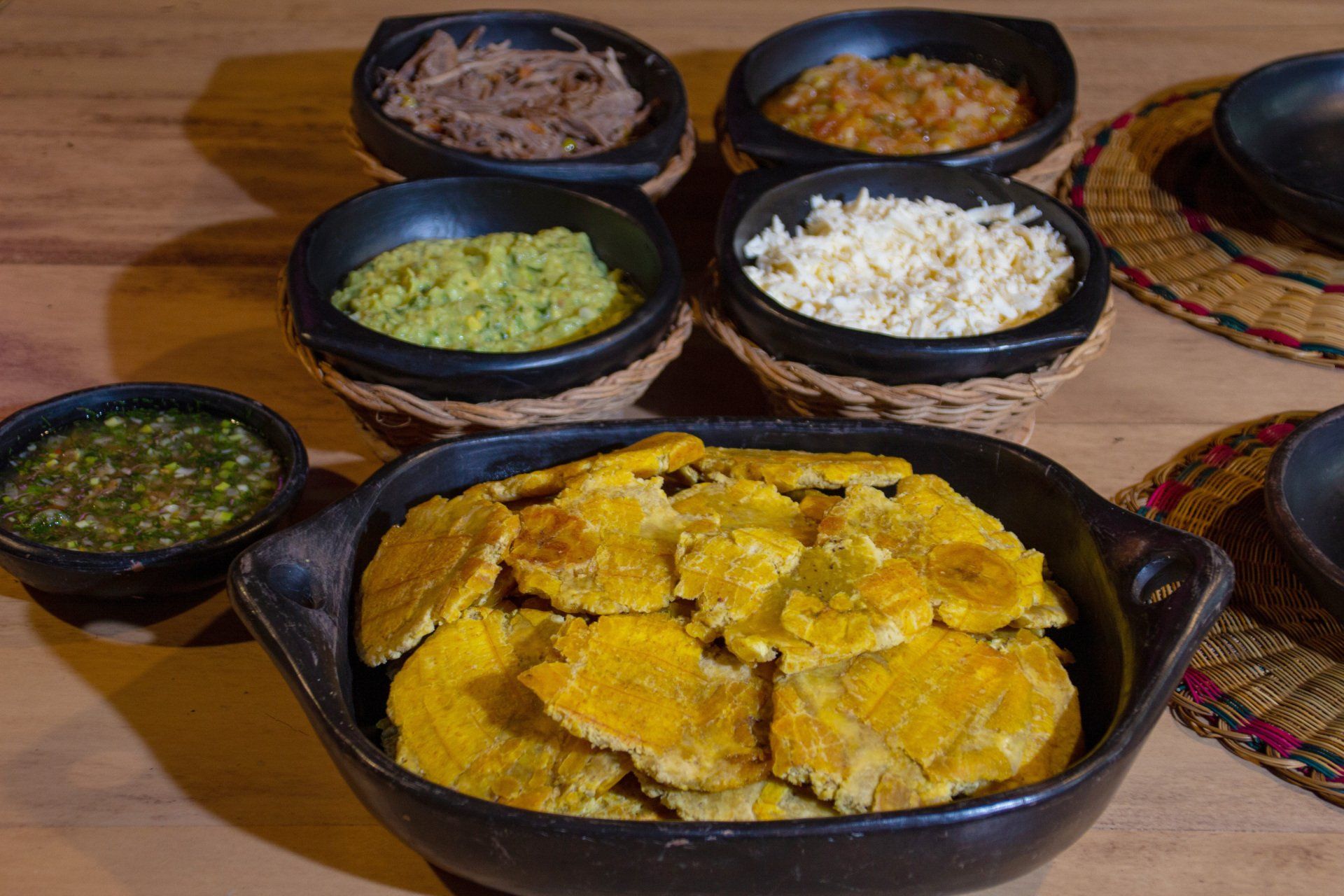
slide title
Escriba su subtítulo aquíButton
slide title
Escriba su subtítulo aquíButton
slide title
Escriba su subtítulo aquíButton

slide title
Escriba su subtítulo aquíButton
slide title
Escriba su subtítulo aquíButton
slide title
Escriba su subtítulo aquíButton
slide title
Escriba su subtítulo aquíButton
The sweaty mountaineer, a Quindian dish originally used to transport food to the mountains and whose preparation technique comes from Italian and Spanish stews; the tamale, a dish of Mexican origin of which there are more than 1,500 versions in Colombia and which is consumed under different names throughout Latin America and the Philippines; fish salpicón, a Caribbean preparation that descends from the Spanish salpicón (salty-chopped) of the Middle Ages; the fritanga, a true forerunner of national fast food, which fuses American and Asian vegetable products with Spanish charcuterie traditions (blood sausage, chorizo, etc.); the suckling pig, which is a legacy of the Castilian roast and which owes its origin to the Roman adobe oven; pork loin in tamarind sauce, a Cartagena dish that evolved from the Chinese sweet and sour pork loin from the 18th century; the “mamona”, which is a plain preparation that arises as a result of the coronation of a European emperor in the 16th century; the ajiaco, which starts from a Chibcha stew of potatoes and corn to which chicken, milk cream and capers were added in the colony; or, the rib broth, a dish that is consumed at breakfast of English origin, which was only integrated into our gastronomy at the end of the 19th century.
We prepare these and many more dishes on a daily basis, always highlighting the origin of its ingredients and history.
In addition to all of the above, at Casa Rivera del Cacao we have: some of the best coffees and teas in the world (all produced in Colombia); tobaccos; world-class Colombian spirits and rums; and, wines in our cellar that has an excellent selection of musts from the New World.
Although it is true that there are new trends in our gastronomy where creativity emerges like vivid, intoxicating and natural water in a spring; it is also true that it has some endemic elements in danger of extinction and, some others, sadly extinct.
Surely economic pressures and new trends in international cuisine will force our gastronomic offer to be updated in an authentic way and present many of our still unknown products to the world. For all of the above, we must know it, value it, protect it and develop it. We do this daily at Casa Rivera del Cacao, so you can experience Colombia through its flavors when you visit us.

slide title
Escriba su subtítulo aquíButton
slide title
Escriba su subtítulo aquíButton
slide title
Escriba su subtítulo aquíButton
slide title
Escriba su subtítulo aquíButton
slide title
Escriba su subtítulo aquíButton
slide title
Escriba su subtítulo aquíButton
slide title
Escriba su subtítulo aquíButton
slide title
Escriba su subtítulo aquíButton
slide title
Escriba su subtítulo aquíButton
slide title
Escriba su subtítulo aquíButton

slide title
Escriba su subtítulo aquíButton
slide title
Escriba su subtítulo aquíButton
slide title
Escriba su subtítulo aquíButton
slide title
Escriba su subtítulo aquíButton
Taking advantage of the great biological richness, our bakery-confectionery makes arazá pie, sapote pudding, shot pavlova, mamey tarts, avocado, sour guava, biche mango, rose apple, strawberry tree, carambola, caimo, Amazon sugar apple, soursop, green papaya, loquat and many other seasonal desserts.
We prepare the "coulant au chocolat" with chocolate from the tree to the Arauquita 70% bar (the best cocoa in the world) refined at home. Making chocolate fondue from the tree is an unforgettable experience for our visitors. Breakfasts, in addition to a selection of Colombian cheeses and jams made with fruits from our garden, are always accompanied by freshly baked Colombian pastries such as: almojábana (means cheese or has cheese in Arabic – al-muyabbana -), a version of this bun appears in Libre de Coch, by Rupert de Noia, one of the oldest cookbooks in Europe (Barcelona, 1520); yucca bread, a product that fuses the Amazonian cassava with European cheese; and, the pandebono, a dough that is made with a mixture of cheeses and starches that is said to have been invented in the 19th century by Doña Genoveva Reza de Montoya, cook matron of the "Hacienda El Bono", in the Vereda El Limonar of the Municipality of Dagua in Valle del Cauca, hence its name "pan del bono".
Colombian flavors have the magic of being different in each region, but they all have the ability to mix the perfect combination for you to live the best gastronomic experience.
Links of interest
Contact
Reliable transaction





